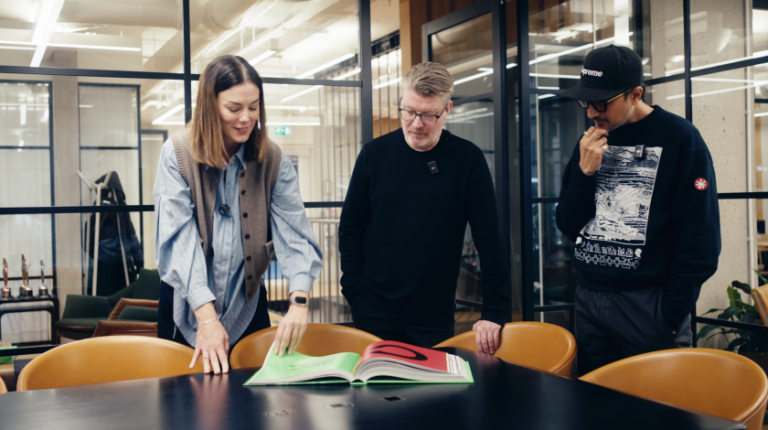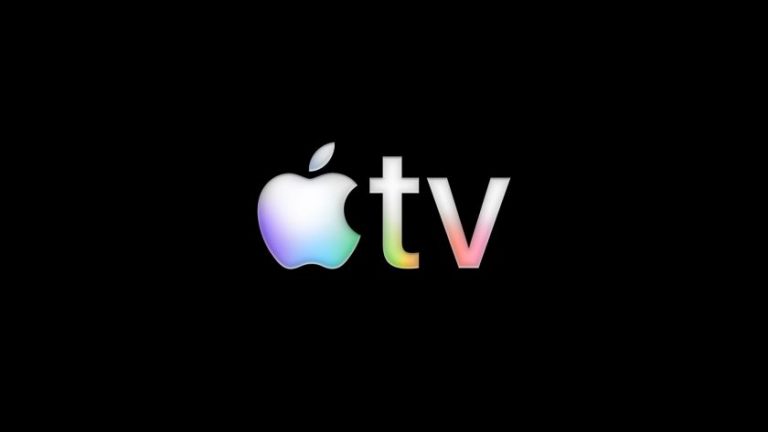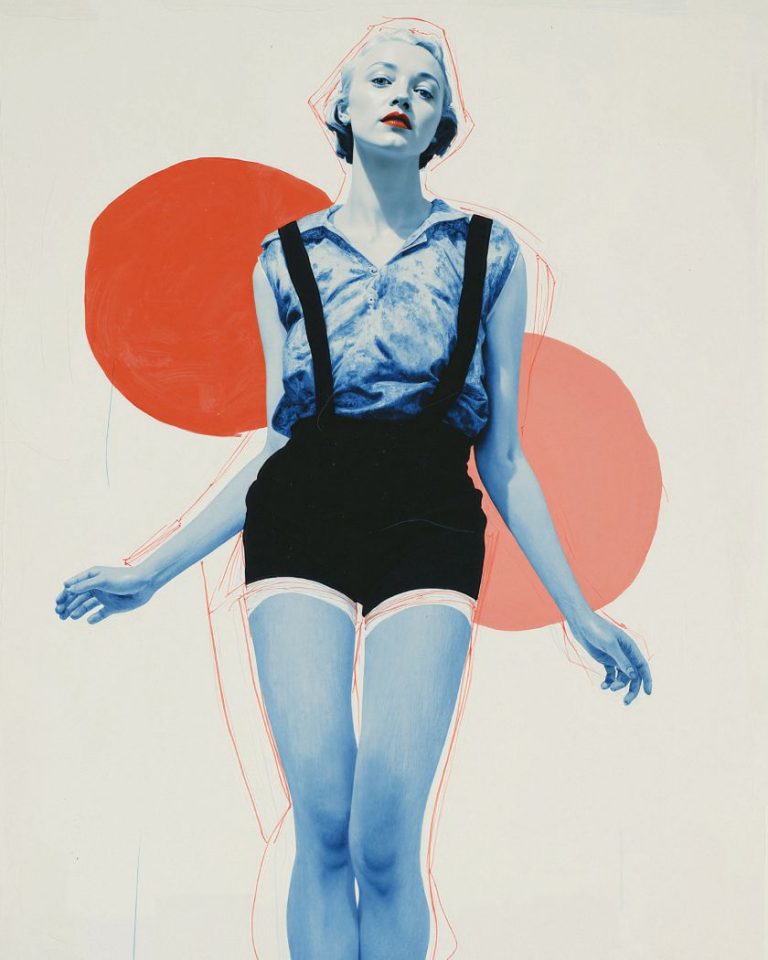Image licensed via Adobe Stock
Selecting the perfect typeface for your design projects couldn’t be more important. Graphic designers share their expert insights on how to do so.
As anyone who’s been a graphic designer for more than a few days will know, selecting the perfect font for a project is crucial. The right typeface can bring a brand to life, enhance readability and accessibility, and convey your intended message with clarity and style. So it’s worth considering how you go about it.
In this article, we’ll delve into the nuances of font selection, exploring everything from aesthetic considerations to technical issues, as well as costly licensing pitfalls.
Whether you’re a seasoned designer looking to refine your approach or a newcomer seeking to understand the fundamentals, these expert tips will help you make more informed and effective font choices.
For added insights, we turned to the Creative Boom community and included some of their best comments, ideas and suggestions in the article. Meanwhile, you can read the full discussion on Linkedin and Threads.
1. Understand the brand personality
Before diving into font selection, it’s essential to have a clear understanding of the brand’s personality and values. “Fonts are a key memory structure in building brand recognition,” notes Darren Richardson, co-founder and creative director at Gardiner Richardson. “So the more it can amplify the archetypal character of the brand, the better. Think of it as the brand’s handwriting. The challenge is balancing distinctiveness over the practicalities of cost and usage.”
If you’re struggling to find a font that ticks those boxes, it can help to look for brands with similar approaches and see what fonts they’re using. That doesn’t mean you necessarily copy them, but it’s a good starting place all the same.
“Check Fonts in Use to see where the typefaces you like have appeared in context before,” suggests brand and design director Alexandra Lunn. “Align any font you choose with your brand’s personality.”
PP Editorial New by Pangram Pangram
2. Prioritise legibility and readability
While choosing a font solely based on its aesthetic appeal is tempting, legibility and readability should always be your priorities. “Beautiful type doesn’t always mean accessible type,” points out Grace Ellins, senior graphic designer at the Office for National Statistics. “So for me, it’s all about finding a typeface that has accessible characters; language considerations – especially for Welsh; extended x height, for ease of reading at smaller font sizes, and a range of weights to help emphasise content where appropriate.”
That said, the relative importance of readability will vary on the use case. Referring to web projects, product designer Stan Potra suggests that: “if the font is for UI and masses of text, aim for readability and variability for hierarchy and accents. But if it’s for decorative purposes, go wild.” He adds, “A general rule is that the font should be as lightweight as possible and look the same across all platforms and devices”.
3. Consider technical aspects
When selecting fonts, it’s crucial to keep technical considerations in mind. “I’ve worked with clients who already have an established brand typeface which doesn’t have the things it needs,” reveals independent typographic designer Sarah Cowan. “Missing an italic or small caps is surprisingly common, but if you’re aiming for typographic refinement, not having things like tabular or superior numerals when you need them can limit the quality of the result.”
Retail by OH no Type Co.
Retail by OH no Type Co.
Graphic design specialist Khurram Shahzad
adds: “I focus on kerning, leading, and tracking to ensure the text looks balanced. For the web, I also check font loading speed and cross-device compatibility.”
Brand builder Lyndon Gehman echoes this point, urging you to “always check the typeface for kerning issues, especially when choosing a typeface from a lesser known, less experienced type designer. I’ve had a few cases where I liked the character of a typeface but discovered it had some kerning issues between certain letter pairs, making it a bad choice for a brand font.”
Graphic designer Caroline Ogden adds another top tip: “Check the ‘@’ to see how well it works. Some fonts have some very odd interpretations of it.”
4. Try before you buy
One of the tricky things about typefaces is that their quirks often don’t reveal themselves until you’ve started using them. So Daan Hornstra, co-founder and brand design lead at TIN, is a big fan of “try before you buy”.
“Download font trials from your favourite foundries and create a visual overview using tools like Figma or Illustrator,” he recommends. “This makes it easy to select the right fonts when working on a project.
5. Be mindful of licensing and budget
Choosing a font is about more than how well it performs; it’s also about how much it costs. But that figure isn’t always easy to calculate, and font licensing can be a complex and sometimes costly aspect of design projects.
Europa by Charly Derouault via Production Type
Many designers can share stories of projects derailed by unexpected licensing costs. As Leigh Whipday, co-founder at ToyFight recalls: “We once put forward a typeface which the client loved, only to later find out it would cost $20k to use, as their site got one million views per month.”
To avoid such pitfalls:
Always check the license before using a font commercially. Many “free” fonts are only for personal use.
Consider the client’s budget from the start. Andy Culbert, co-founder at Mero, advises, “Before presenting any fonts to the client, be sure to calculate not only the current cost but also the potential future expenses.”
Explore alternatives if necessary. As Leigh reveals, “We are currently building an app for a client, and licenses for apps can be really high, so we’ve decided to create a typeface from scratch for them as it works out cheaper and gives them something completely ownable.”
Be transparent with clients about potential font costs. “In your proposal, be sure to mention that additional costs for fonts may apply and provide a rough estimate if possible,” says Daan. “It’s better to be transparent upfront rather than surprise clients with extra charges later on.”
Consider using open-source fonts or those included in subscriptions like Adobe Fonts for budget-conscious projects. “If the client doesn’t use Adobe or has a limited budget, stick to using Google Fonts for your project,” advises brand advisor Michelle Lyons. “The font files can be downloaded, and they’re free for commercial use.”
6. Limit your selection
While it’s tempting to use many different fonts to create visual interest, it’s generally best to limit your selection. That’s why Alexandra recommends you “stick to two to three complementary fonts to maintain harmony and establish a clear visual hierarchy, with bold fonts for headlines and subtler ones for body text.”
Similarly, design director Mason Brownlow admires the approach of the well-known graphic designer Aaron Draplin, which he characterises as: “These are my four fonts and this is what I do.” While this extreme minimalism might not work for everyone, it underscores the value of a focused typeface palette.
Innovator Grotesk Collection by Yep!
7. Do your research
Choosing the right font shouldn’t be about just picking one you like the look of, like betting on a racehorse. “I think it’s important to have a reason why you’ve chosen a typeface, instead of plonking something in from Adobe Creative Cloud,” believes design director Olly Sussams. “It not only pushes our thinking with font selection but also aligns with the overarching idea or strategy.
“The clues are in the research: look into what’s trending and avoid it,” he continues. “Go back into the archives and find styles that may influence your choices or bend the rules and pinch it from another category or industry. I love finding small independent type foundries that push the boundaries. I’m pretty bored with all the digital sans.”
Background research is also good to do, as understanding the historical context of different typefaces can inform your choices and help create more meaningful designs. In the words of motion and graphics designer Ryan Grandmaison: “Learn your type history. Different typefaces came around at different times and for different reasons. Pairing this with your brand research helps narrow down your choices.”
8. Consider the medium
The medium in which your design will be displayed plays a crucial role in font selection. Khurram learned this lesson the hard way: “Once, I chose a fancy script font for a campaign that looked great in print but was unreadable on mobile,” he recalls. “Lesson learned: always test fonts across all media!”
WIP by Tüpokompanii, type design studio based in Tallinn, Estonia
9. Keep it simple
When selecting fonts, it’s important to strike a balance between following current trends and opting for timeless designs. Graphic designer and photographer Katie Ehrlich shares a valuable lesson.
“I recently got excited to pitch a client a variable typeface for their new brand guideline,” she recalls. “After explaining the technical capabilities and creative flexibility, they basically told me, ‘That’s cool, but we don’t need it.’ And they were right! Sometimes, we designers get so excited about a new trend or technology that we forget that simplicity is usually best.”
10. Trust your instincts
While technical considerations are important, that doesn’t mean you can’t listen to your intuition as well. As integrated designer Elizabeth Mellor says: “I tend to go with a font if it ‘feels’ right. It needs to give the reader the right picture of what is to come from that very first glance.”










